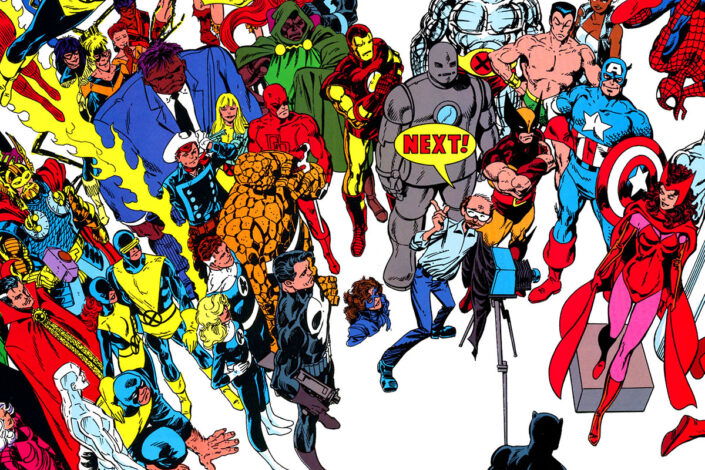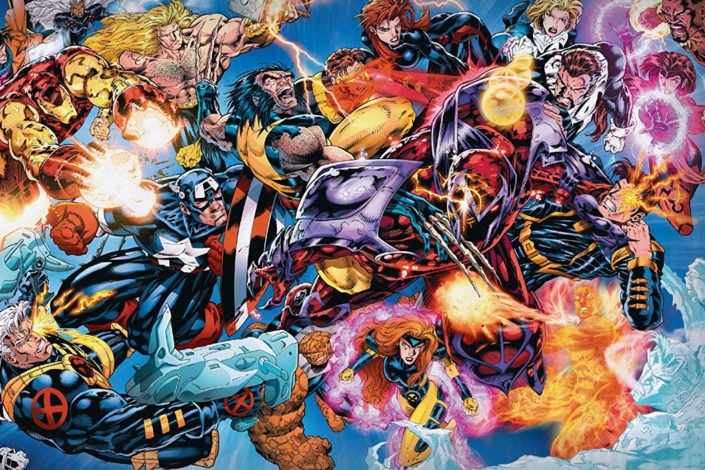Galactus Origin Story, The Creation of Stan Lee and Jack Kirby’s Devourer of Worlds

One of Marvel Comics’ most powerful cosmic entities, Galactus was created by writer Stan Lee and artist Jack Kirby, and first appeared in Fantastic Four #48 (March 1966).
Initially, Galactus was just imagined as another super-villain that was to be bigger than the previous antagonists. But in order to differentiate him from the others and avoid delivering a stereotypical bad guy, Lee and Kirby decided to reimagine the character on a grander scale. The writer wanted him to be really evil. The artist went biblical. They wanted something new and created it. As a result, unlike typical antagonists, Galactus was not a villain in the traditional sense but a cosmic force of nature, an ancient being who consumes planets to sustain his existence.
This was different to the point of creating a shift in comic book storytelling at the time. But this article is not here to talk about Galactus’ impact on the medium, but to explain who he is as a Marvel character. As he is making another appearance on the big screen this summer, it’s the perfect moment to revisit his comic book origins.
Read More »Galactus Origin Story, The Creation of Stan Lee and Jack Kirby’s Devourer of Worlds






